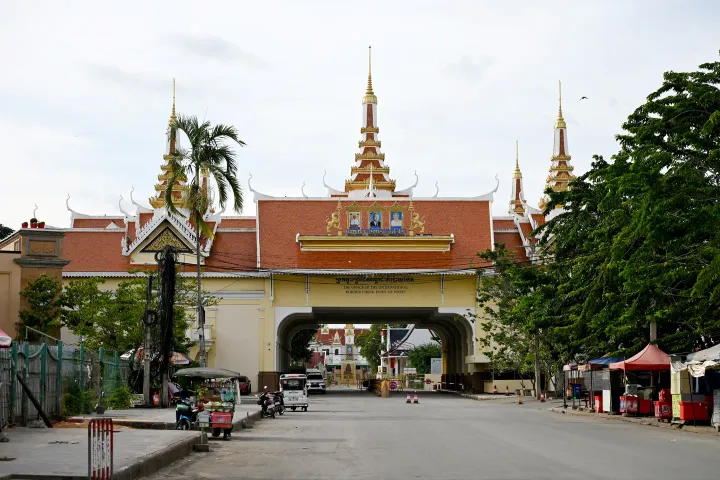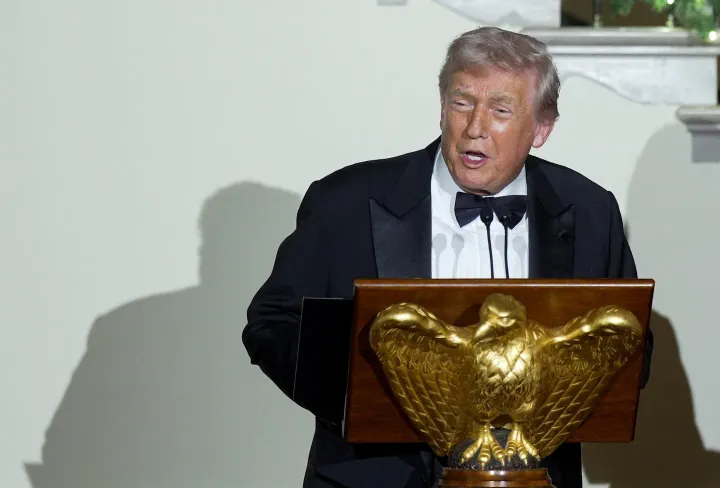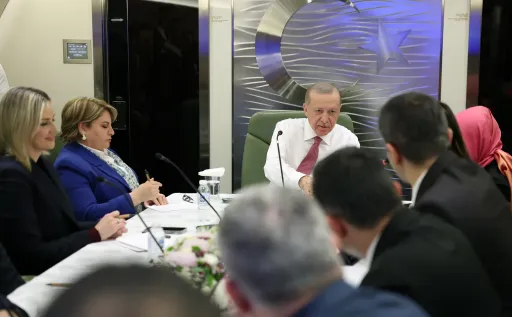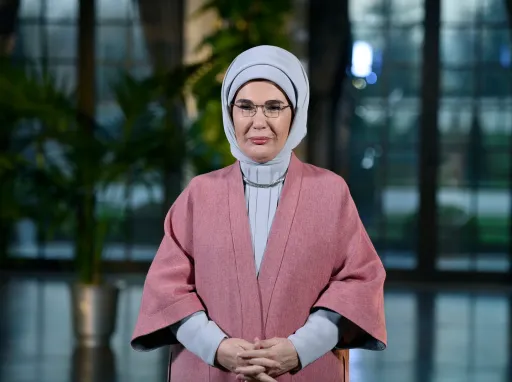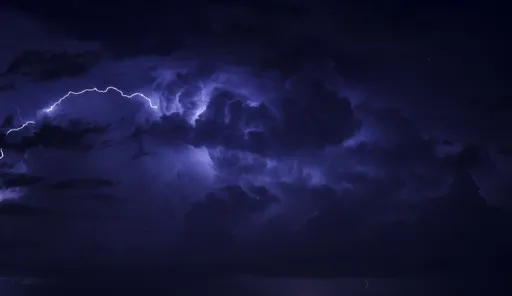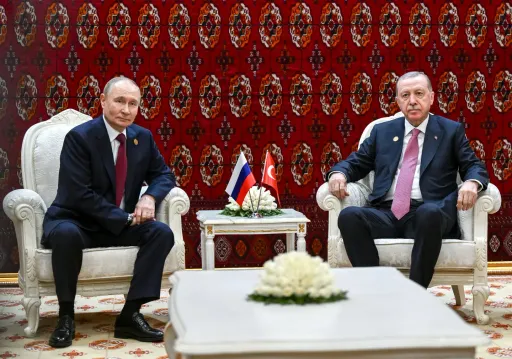By Coletta Wanjohi
Remember the stock cowboy-western scene where a grizzled prospector stumbles upon a gleaming nugget of gold in a riverbed, and his life changes forever?
Fast-forward to 2010, halfway across the world from the Wild West, a humble Tanzanian miner named Saniniu Laizer had a stroke of fortune in the gem-laden soils of this East African nation that turned him into a millionaire overnight.
Laizer had fortuitously unearthed two pieces of Tanzanite stone, a gem as unique and captivating as the finest sapphires, rubies, or emeralds.
This was an extraordinary find not just because it was rare. Weighing a staggering 15kg, the pair of stones was officially certified as the biggest blocks of Tanzanite ever found.
The Tanzanian government paid Laizer US $3.4 million for his treasure. Much like the cowboy's riverbed, the Tanzanian plains had yielded a life-altering moment.
Quirk of nature
Originating from the mineral zoisite, Tanzanite is a unique gemstone with traces of vanadium that give it blue and violet hues.
The only known source of Tanzanite is a small mining region, approximately seven kilometres in length and two kilometres wide, located in the Simanjiro district of Tanzania's Manyara region.
Tanzanite is believed to have been discovered in 1967 in the Mirerani hill zone of northern Tanzania. It is formed under unique geological conditions, requiring millions of years of heat and pressure to transform the mineral zoisite into a beautiful gemstone. This lengthy and complex process contributes to its rarity and value.
In Mirerani, miners continue to search for this gemstone, which experts say is a thousand times rarer than diamonds.
Jewellers estimate that a carat of Tanzanite can sell for between $100 and $500-odd, depending on its type. The gemstones are used to embellish ornaments and carvings, among other things.
Data from the Tanzanian ministry of mines shows that as of December 2021, Tanzanite sales stood at 317,157 carats for cut and polished stones, and 271,650 kgs of rough stone.
The price of this gem varies based on size, colour, and quality. A cursory look at the online market shows that Tanzanite sold online vary in price.
A set of Royal Blue Tanzanite, 21.66 carats in a hexagon cut, has been sold for $13,429. Another seller in Bangkok has priced a pair of Royal Blue Tanzanites, 29.70 carat in a fancy cut, at $15,444.
The gem has been associated with famous international brands, such as Van Cleef & Arpels, Louis Vuitton, Tiffany & Co, and Dior.
A national asset
Mineral experts assert that Tanzania could be reaping far greater economic benefits from its Tanzanite. This potential, they argue, is hindered by insufficient marketing strategies, underscoring the need for a concerted effort to promote a gem that no other country can claim.
They blame inadequate marketing strategies for this, saying more needs to be done to promote a gem no other country has.
"The world knows we have Tanzanite, but we still fail to access the market directly. That's inexplicable," Louisa Katolila, a geoscientist and mineral value-addition expert, tells TRT Afrika.
"Our representatives go to international exhibitions and only talk about tourism; they forget Tanzanite."
Katolila gives instances of jewellers selling ornaments made of small pieces of Tanzanite procured from Thailand or India.
"You could have bought the same at a fairer price in Tanzania, but because the foreign jeweller has marketed it so well, it attracts more money for him," she explains.
In 2017, the late President John Magufuli ordered the construction of a wall around the Mirerani mining site in Manyara.
Since the military built a perimeter wall there, anyone who visits the mining site is thoroughly searched before leaving the premises to ensure nobody can surreptitiously slip out with a precious stone.
A centralised system now regulates the mineral business from the ground to the markets. President Samia Suluhu Hassan's government is making more efforts to market the gem internationally.
"I have met businesspeople who hadn't heard about Tanzanite until I told them what it is and that the gem is only found in Tanzania," Dr Ashatu K. Kijaji, Tanzania's minister of trade and industry, tells TRT Afrika.
"I love wearing my Tanzanite ornaments as part of my promotional effort," she says.
In 2010, the country banned the export of uncut and polished stones weighing 1gm and above to encourage domestic value addition.
Katolila believes appreciation must begin at home for Tanzanite to get the place it deserves in the pantheon of rare precious stones.
"We must acknowledge how lucky and blessed we are as a country. It would be nice if every Tanzanian owned something made from Tanzanite. This would give the gem even more value," she says.
➤ Click here to follow our WhatsApp channel for more stories.



